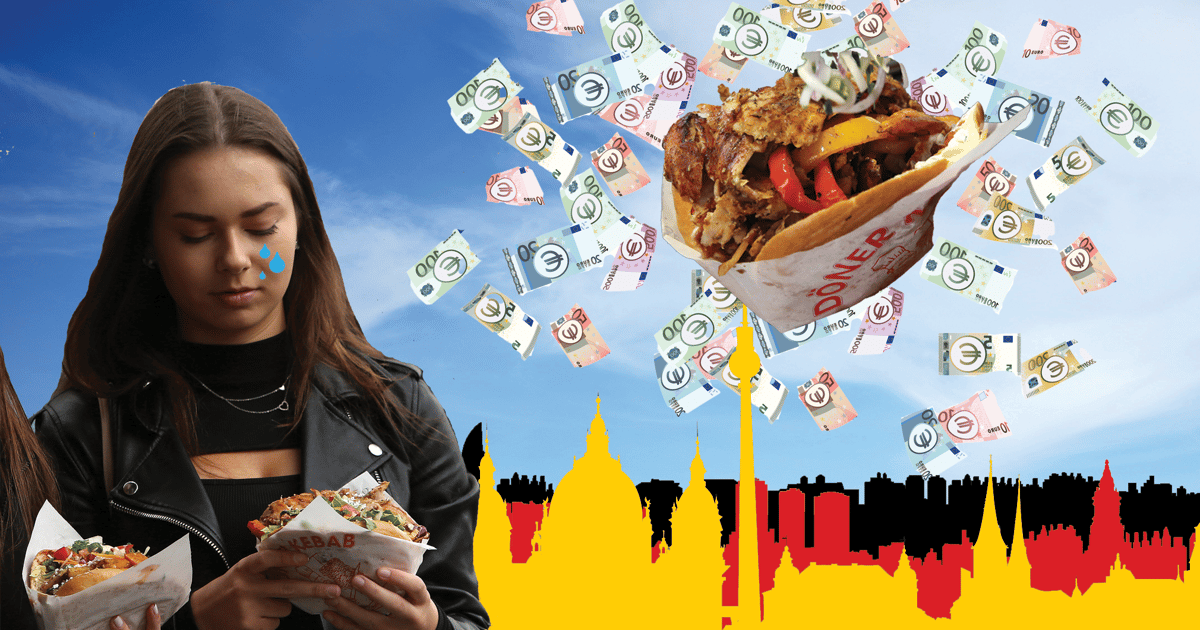“I can still remember when doner kebabs were sold for €3.50,” reminisced one teenager amid calls for a price brake to stop rising kebab costs.
The German capital is the birthplace of that ubiquitous European fast food, the doner kebab, and it shows.
Kebab shops line streets of many German cities, particularly in Berlin, and the scent of roasting, skewered meat is never far off.
Some two-million doner kebabs — meat wrapped in bread, topped with sauces and vegetables — are consumed a day in Germany, according to an industry association, quite a lot for a country of 83 million people. And the doner kebab has even supplanted the old stalwart, the currywurst — fried veal sausage topped with ketchup and curry powder — as the most popular fast-food dish in the country, according to a 2022 survey.



From an ecological point, meat is too cheap as long as the general population can afford to eat it more than once or twice per week. Meat is very ineffective to produce, requiring vast amounts of water and cattle feed to be grown. It was never supposed to be a three times a day staple of every meal, and the fact that we have normalized it to that point is really unhealthy both for ourselves and the planet we are ruining to keep production going.
What do you mean “never supposed to”? The world wasn’t designed.
Anyway, meat can still be cheap without the intensive factory farming practices in the US. Chickens are very cheap to raise on pasture and produce much tastier meat as well! They can be watered with well water and supplemented with minimal grain feed.
Factory farming is the only efficient way to have meat for billions of people. About 95% of bovine meat is factory farmed. Its impossible to turn the entire industry free range, and it can’t be done for cheaper.
It also requires raising about 50 chickens before a person’s economy of scale can compete with the sticker cost at the supermarket.